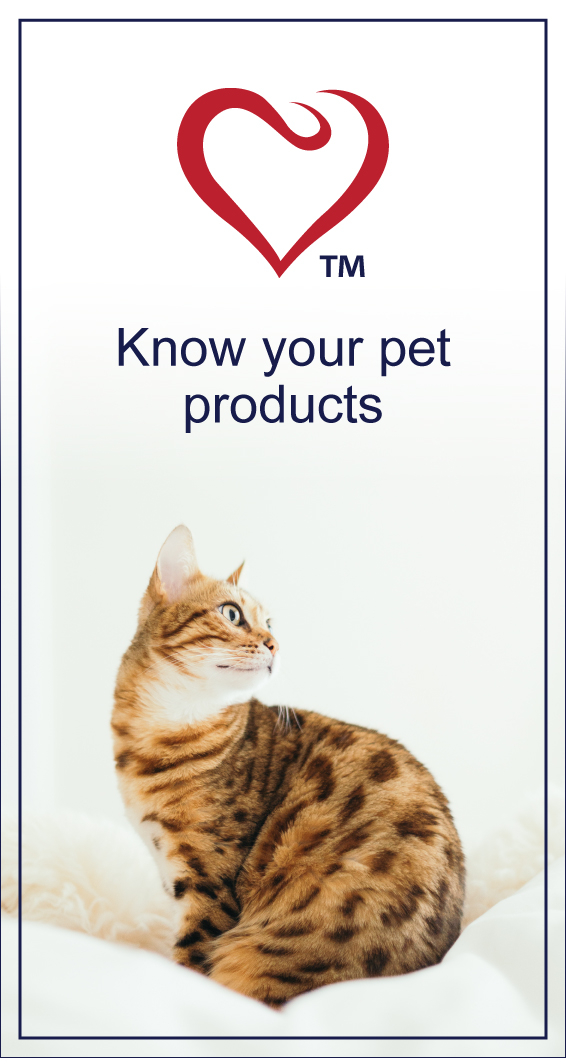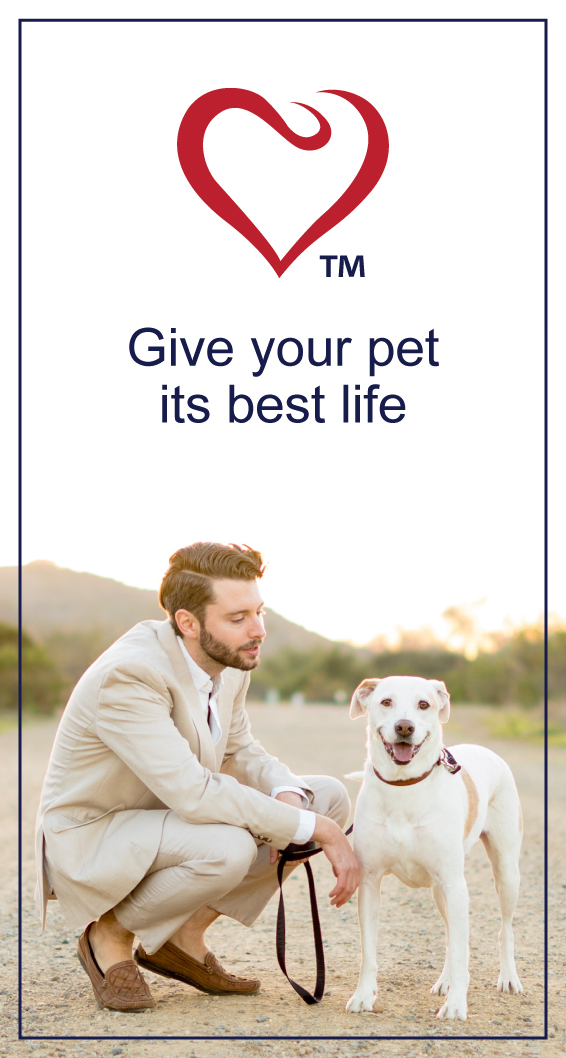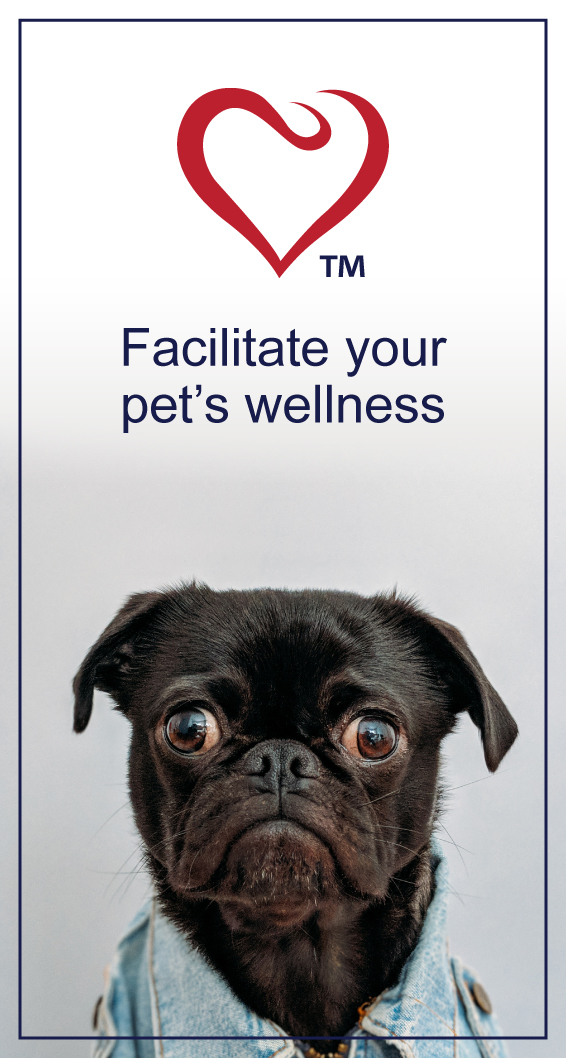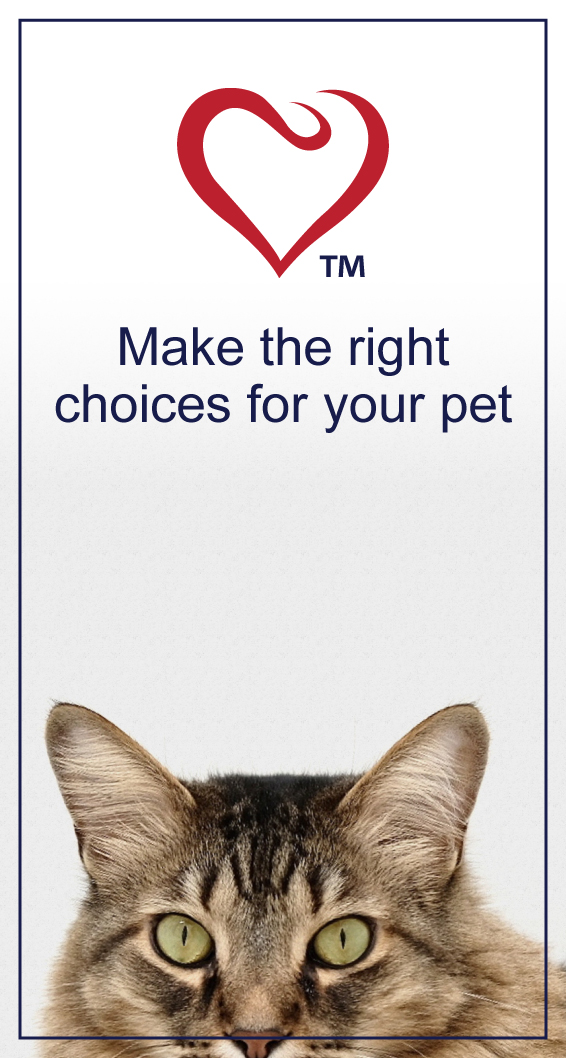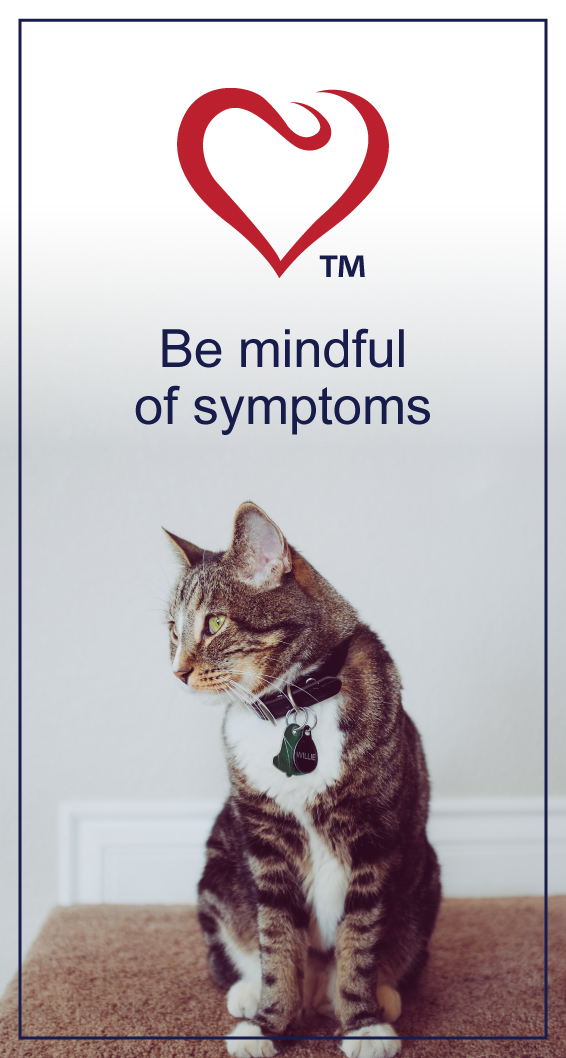HEALTH & WELLNESS

TRENDING
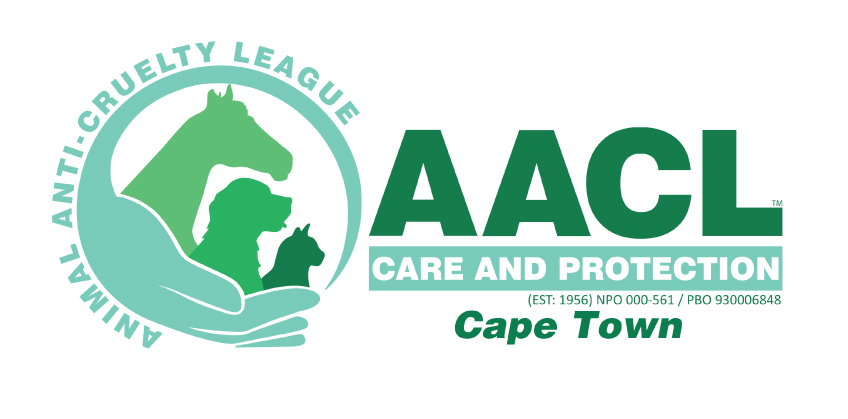
We’re excited and honoured to feature South Africa’s second largest independent animal welfare organisation on PetlifeSA.
Feline Tooth Resorption: What You Need to Know
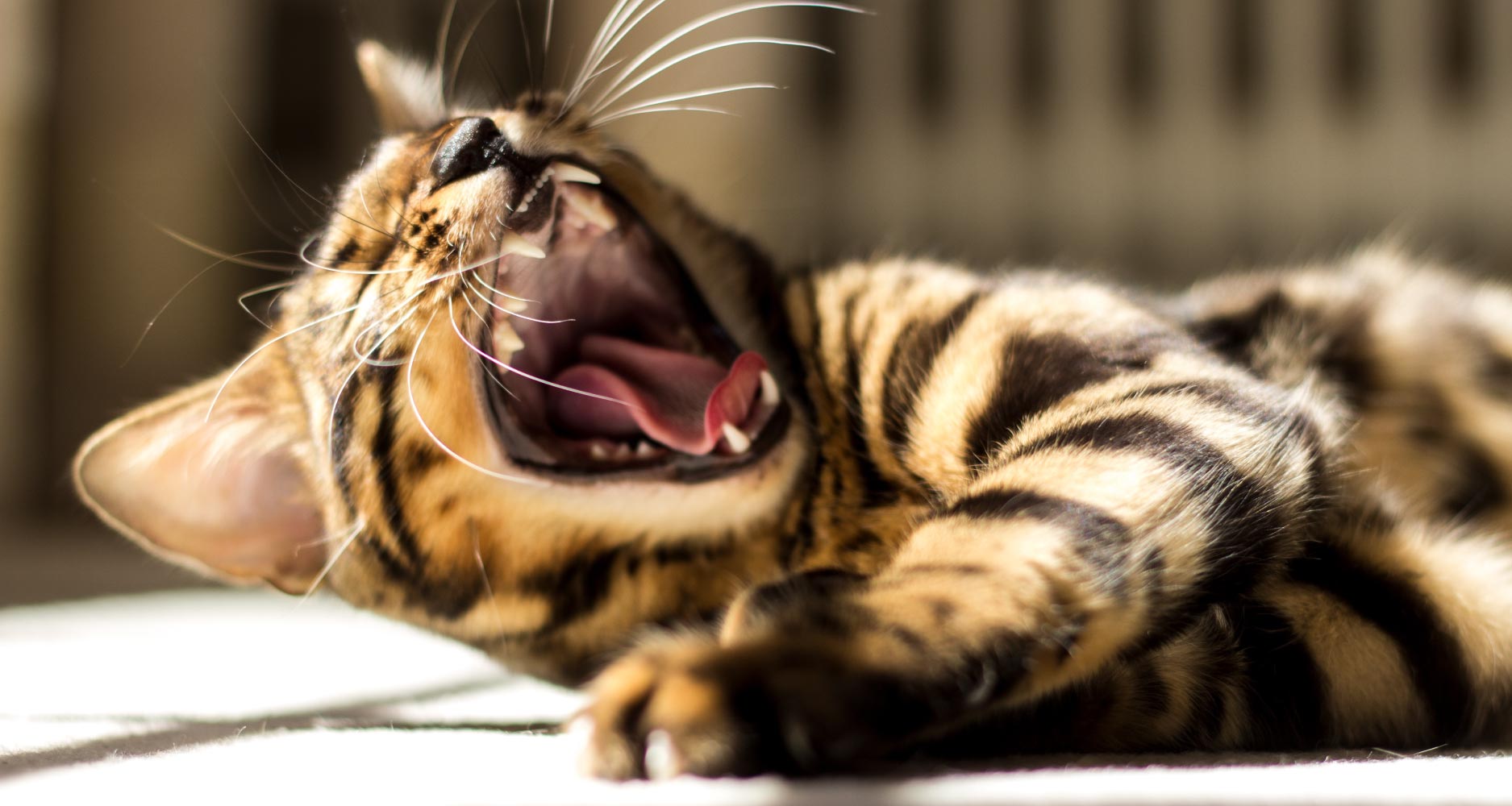
DID YOU KNOW?
Feline tooth resorption (TR) is one of the most common dental problems that affect felines.
BASIC TOOTH ANATOMY
First Layer: Enamel
Second Layer: Dentin (Surrounds Pulp)
The pulp chamber sits below the dentin layer. The pulp is the most important part of the tooth consisting of soft living blood vessels, connective tissue and nerves.
So: What is Tooth Resorption?
Resorption is the process by which something is reabsorbed. Add the word ‘tooth’ and you get a condition that causes the disintegration of teeth.
Odontoclasts (dentine-destroying cells) are responsible for the process. They cause enamel to be resorbed which destroys the tooth root surfaces. Affected teeth systematically break down (as layers are resorbed) until deterioration causes them to fracture.
When the dentin layer no longer protects the pulp cavity, sensitivity and pain may be experienced.
Causes of Feline Tooth Resorption
There are theories, but the cause of feline tooth resorption (why the body releases odontoblasts) is unknown.
Is My Cat at Risk?
Unfortunately all cats are at risk of developing TR.
Signs and Symptoms of Tooth Resorption
Contact your veterinarian if you notice any of the following:
- Pain
- Swelling
- Drooling
- Weight loss
- Difficulty eating
- Fractured tooth
- Sensitive mouth
- Lack of appetite
- Bloody saliva
- Tooth loss
A professional oral examination is usually necessary to discover lesions which can be hidden.
Diagnosing Tooth Resorption in Cats
TR can be diagnosed during an oral examination or dental cleaning procedure or by taking dental X-rays. That’s why routine feline healthcare is important.
How Tooth Resorption in Cats is Treated
Treatment will depend on the affected cat’s situation and needs. Options include filling and extraction.
How to Prevent Tooth Resorption in Cats
Since the cause is unclear, TR can’t be prevented yet. That’s why frequent veterinary visits (to identify and treat problems early) and proper oral care (to prevent disease) are important.
Related Articles

